October 29, 2025
Data Shows Endangered Palau Ground Doves Swiftly Recovering After Successful Palauan Island Conservation Effort
Astounding evidence of recovery on Ulong Island in Palau after just one year!
Published on
July 18, 2017
Written by
Dylan Meek
Photo credit
Dylan Meek

The Brown Antechinus (Antechinus stuartii) is a lesser known Australian marsupial that closely resembles a mouse. This small marsupial was locally extirpated from North Head several decades ago because of predation by European introduced, damaging (invasive) species such as the Red Fox and feral cats. The Brown Antechinus is found along the Eastern coast of Australia, where they exist in stable populations. The Australian Wildlife Conservancy is reintroducing Brown Antechinus’ back into North Head National Park from other eastern Australian populations.
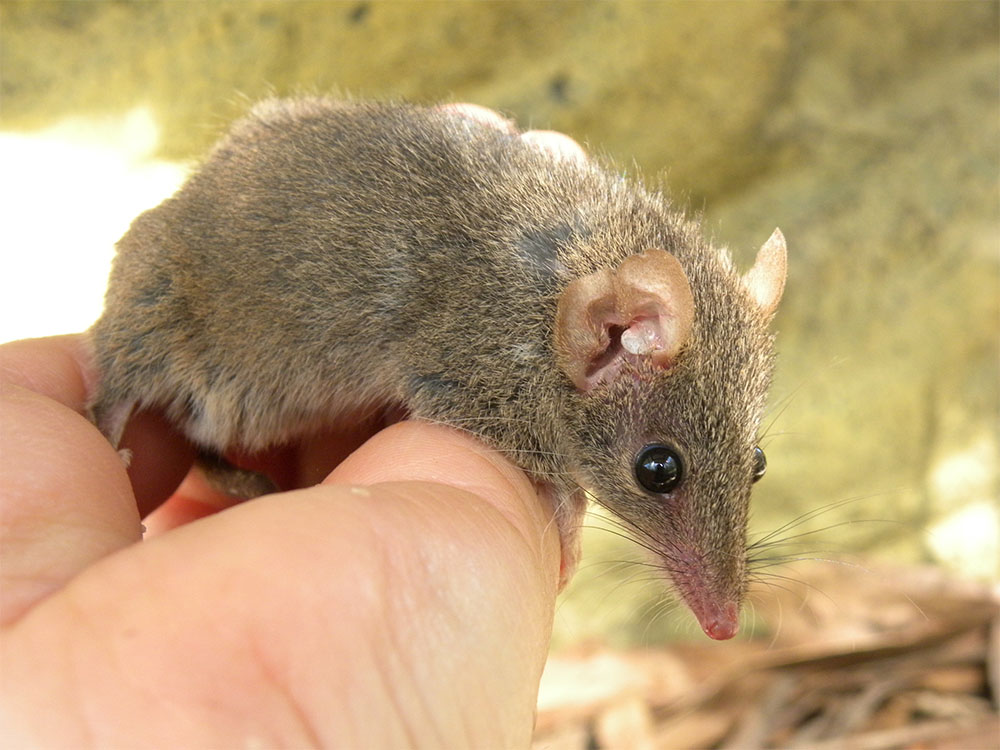
The success of the North Head National Park program is promising due to the isolated location of the park, and the ecological sanctuary provided by nationally protected land bodes well with the reintroduction of a species. Australian Wildlife Conservancy ecologist Dr. Jennifer Anson stated:
We can actually really control the predators that are coming onto the headland and give some of these species a chance of being able to re-establish throughout these areas.
The breeding habits of the Brown Antechinus produce suitable conditions for genetic diversity. Their mating habits are especially violent, resulting in the death of males after breeding. Dr. Anson adds:
One female can breed with multiple males and…she can actually have pouch young from eight different fathers.
Because female Brown Antechinus can rear offspring from multiple males, genetic diversity is greatly enhanced for the population, resulting in a more resilient species.
Although conditions appear favorable, Dr. Anson and the Australian Wildlife Conservancy will continue to carefully monitor the North Head National Park population to ensure the successful reintegration of the Brown Antechinus into Sydney Harbour’s National Park.
Featured photo: Brown Antechinus. Credit: Barry Hatton
Source: ABC News
Check out other journal entries we think you might be interested in.

October 29, 2025
Astounding evidence of recovery on Ulong Island in Palau after just one year!
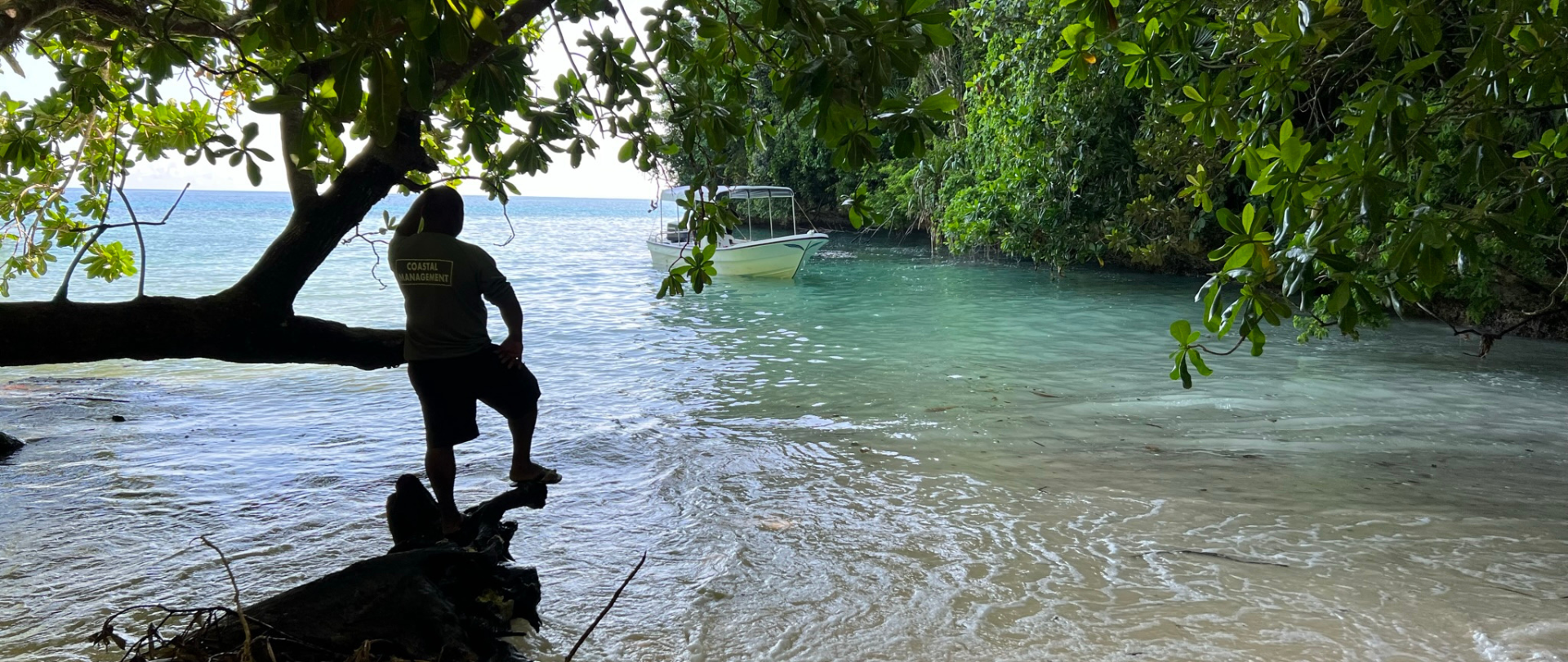
May 19, 2025
Read our position paper on The 3rd United Nations Ocean Conference (UNOC 3) to see why we're attending and what we aim to accomplish!

December 4, 2024
Ann Singeo, founder of our partner organization the Ebiil Society, shares her vision for a thriving Palau and a flourishing world of indigenous science!
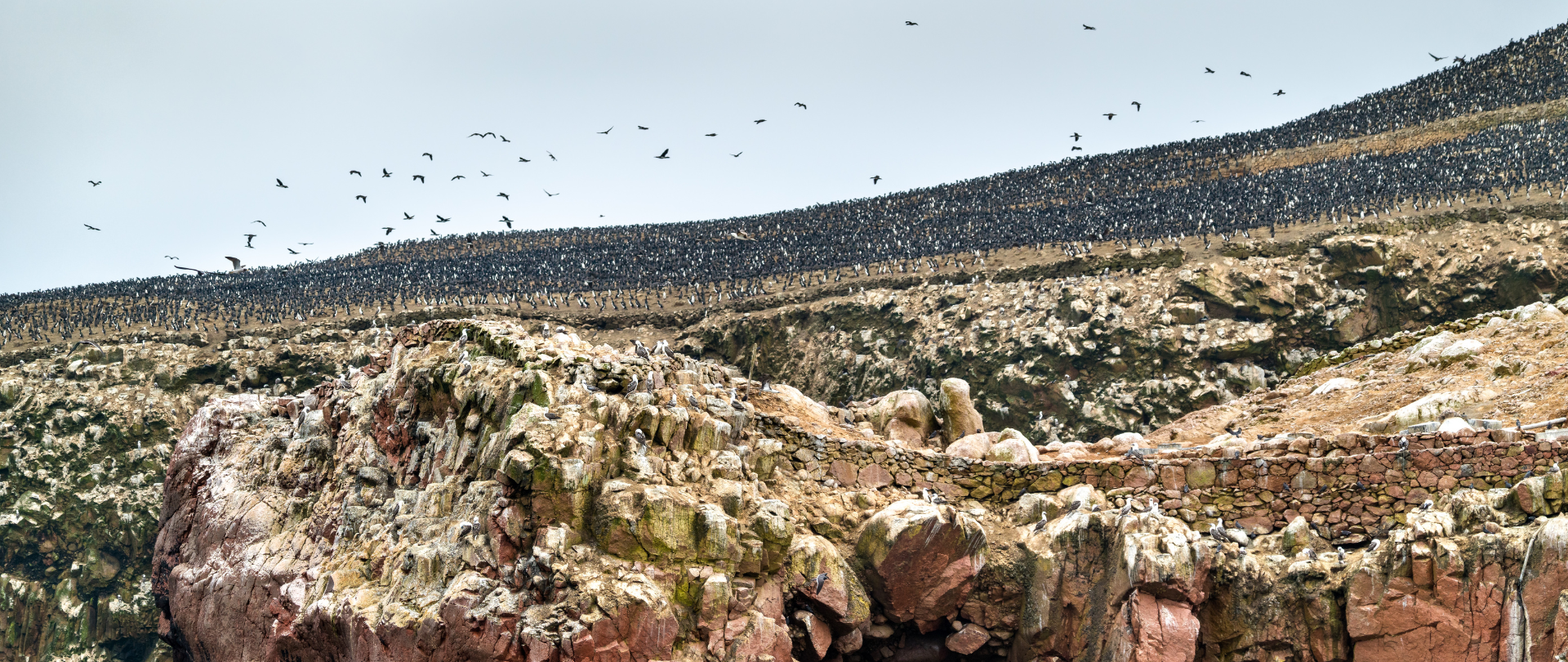
November 22, 2024
This historic agreement aims to protect the marine and coastal areas of the Southeast Pacific.
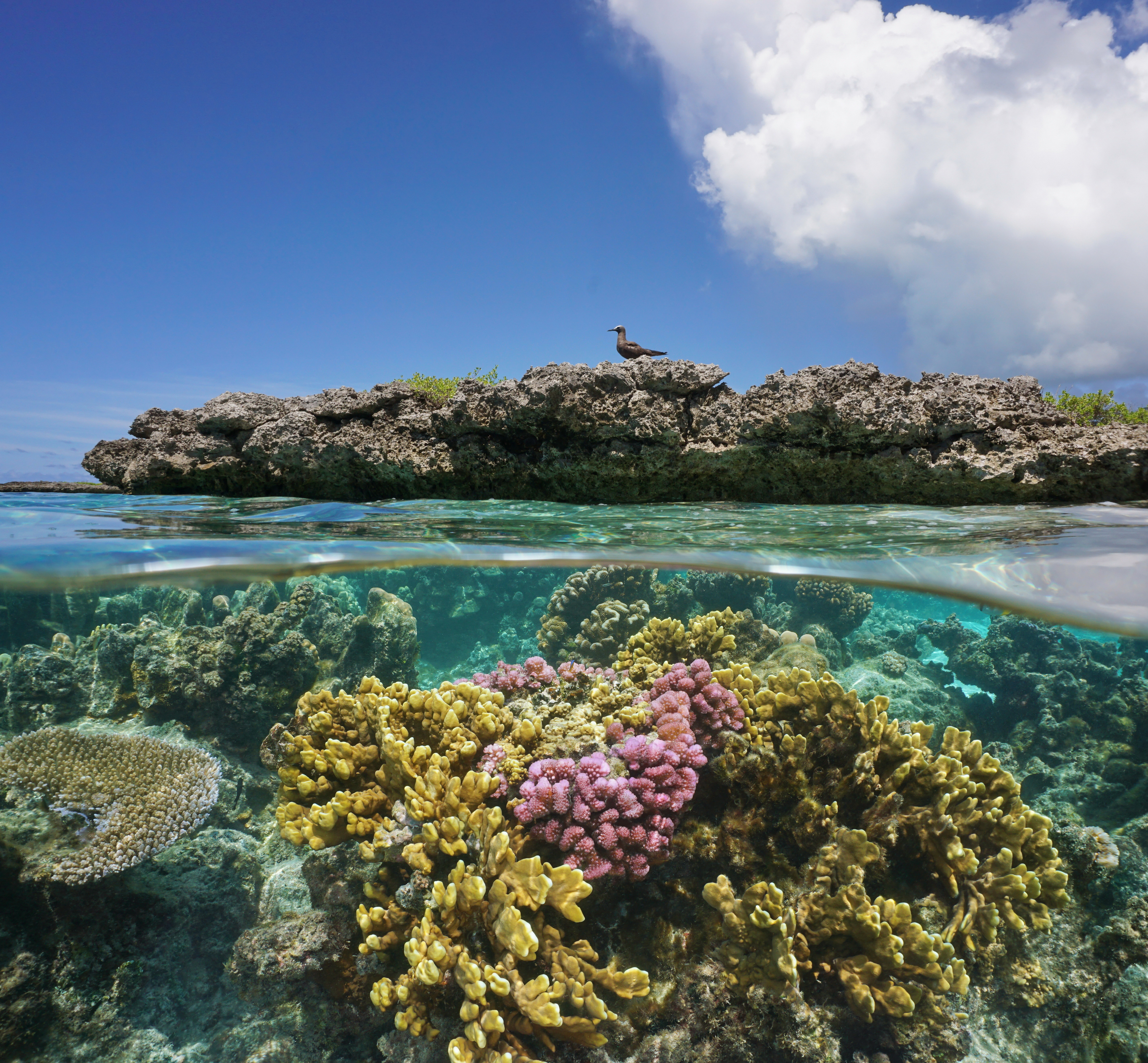
November 18, 2024
Our projects to restore key islets in Nukufetau Atoll forecast climate resilience and community benefits in Tuvalu!
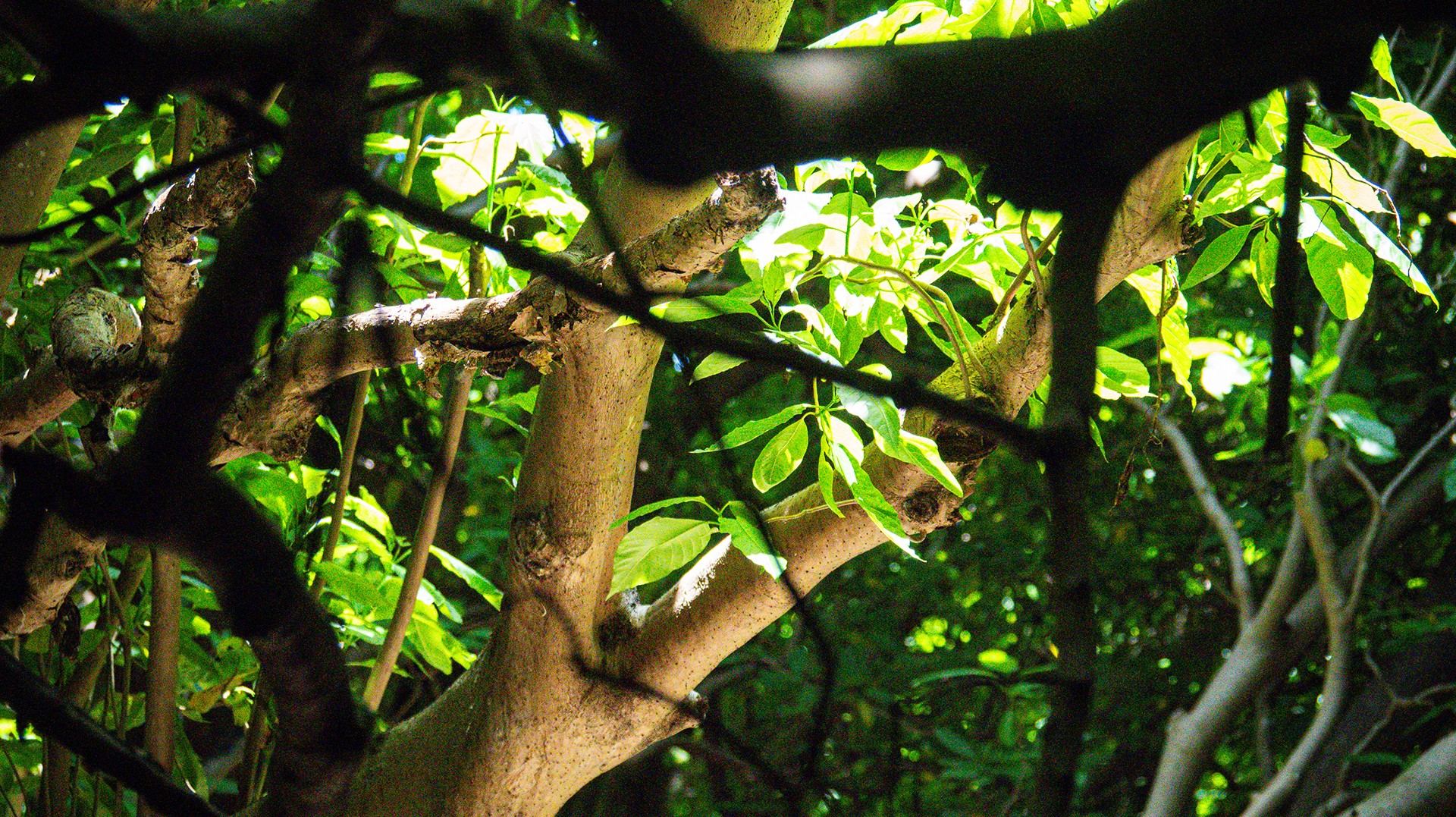
October 3, 2024
Island Conservation and partners have published a new paper quantifying ecosystem resilience on restored islands!

September 10, 2024
Climate Week NYC: what is it and why is it important? Read on to find out why Island Conservation is attending this amazing event!
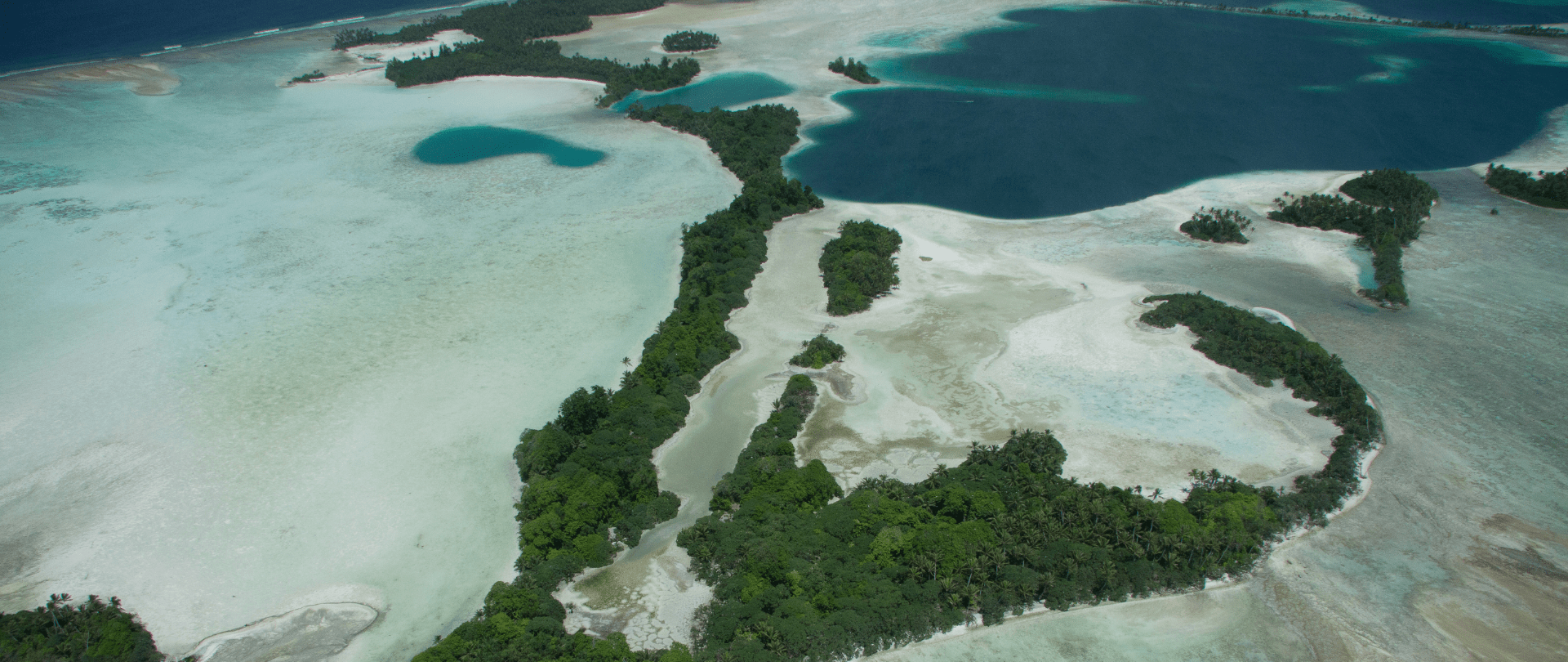
September 5, 2024
With sea levels on the rise, how are the coastlines of islands transforming? Read on to find out how dynamic islands really are!

December 14, 2023
Join us in celebrating the most amazing sights from around the world by checking out these fantastic conservation photos!
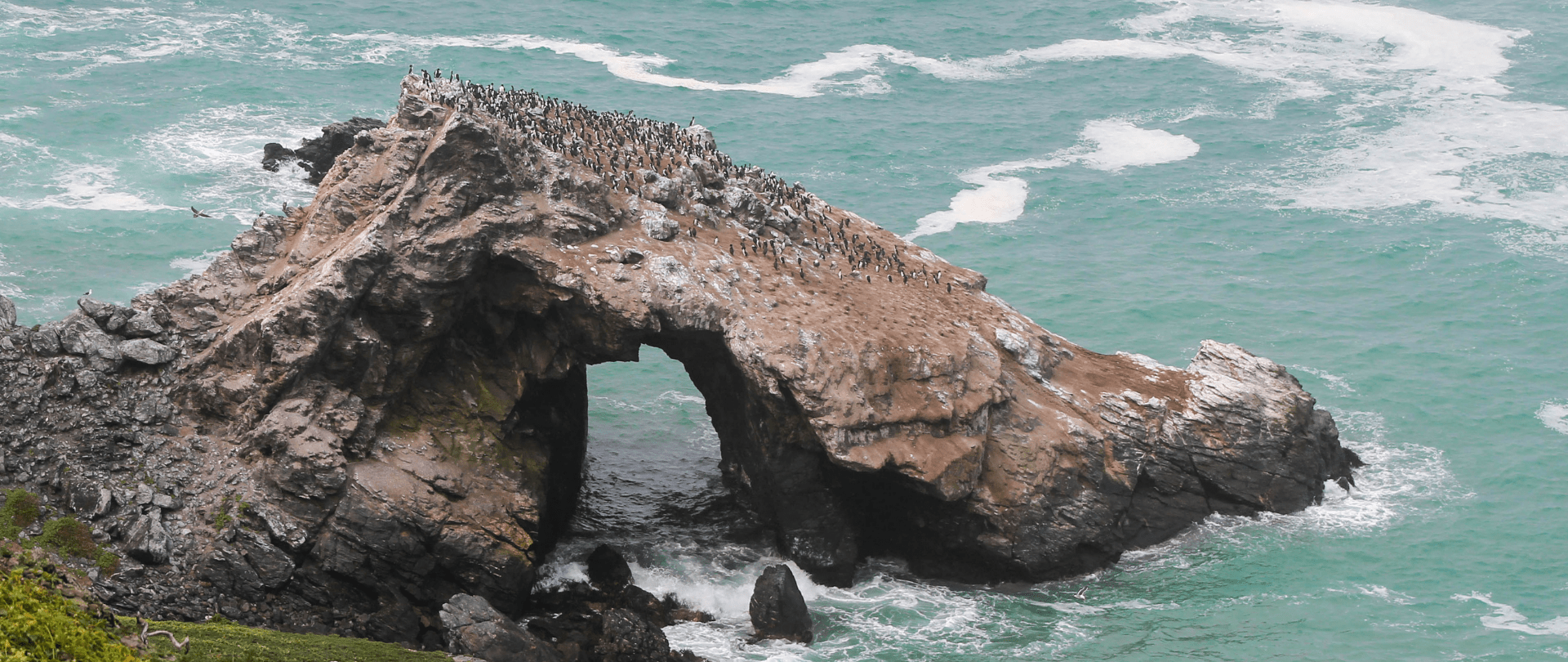
November 28, 2023
Rare will support the effort to restore island-ocean ecosystems by engaging the Coastal 500 network of local leaders in safeguarding biodiversity (Arlington, VA, USA) Today, international conservation organization Rare announced it has joined the Island-Ocean Connection Challenge (IOCC), a global effort to…